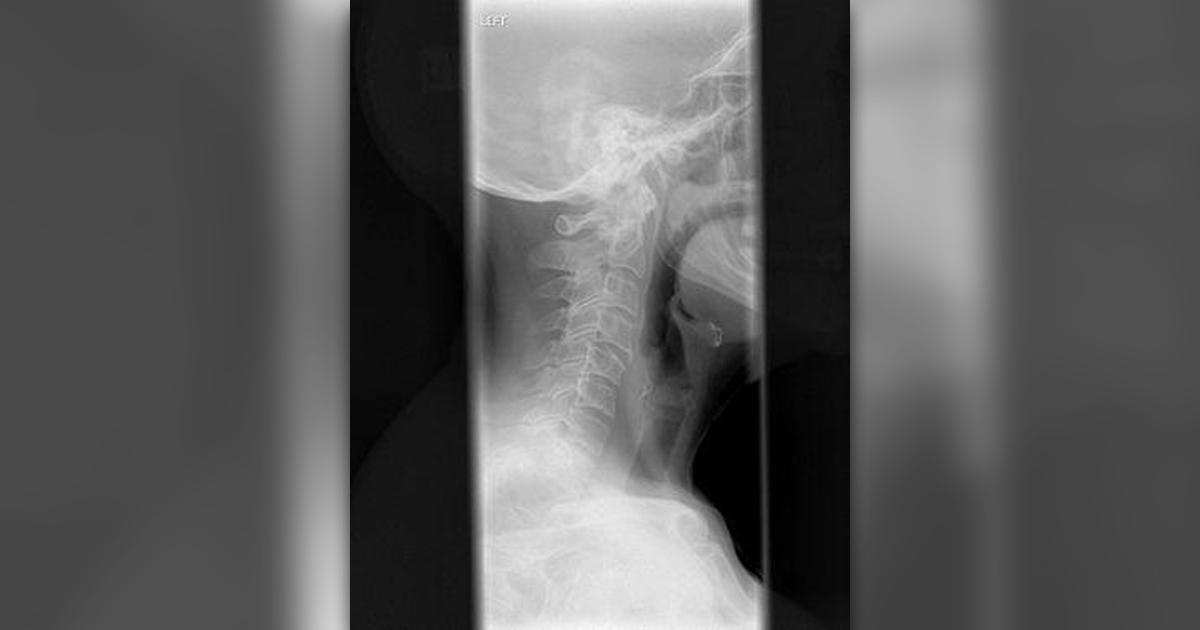
Causes of cervical kyphosis
Degenerative disk which is typically related to the aging of a person is the main cause for the occurrence of cervical kyphosis. When the discs between the vertebrae are worn off, they tend to collapse, thus resulting in the curvature of the spine at the back of the neck. Another cause for the incidence of the cervical kyphosis is congenital defect that leads to the incomplete formation of the spine. Osteoporosis is a condition related to the weak bone structures and it mainly affects the post menopausal women. When the bones are fragile, the spine gradually begins to compress, resulting in the curvature at the back of the neck. Cervical kyphosis may also be induced by an injury to the back of the neck, where the ligaments are damaged so that the cervical spine bends forward making the unusual curvature. Ankylosing spondylitis is also among the responsible causes for the appearance of the cervical kyphosis. It is the chronic inflammation of the sacroiliac joints, which causes agonizing pain and rigidity in spine, ultimately resulting in cervical kyphosis.
Symptoms of cervical kyphosis
The exaggerated hunch back represents the most obvious sign of the cervical kyphosis. However, this condition may cause many other symptoms, such as sharp pain in the neck, as well as the pain and stiffness in the back. The people suffering from cervical kyphosis may experience weakness in their extremities, muscle fatigue, pain in the chest and heavy breathing. Furthermore, some people may even lose control over some important organs like the bladder and the bowel.
Treatment for cervical kyphosis
To diagnose this condition, MRI scan or X-rays is necessary, along with the complete health history of the affected person. If cervical kyphosis leads to the appearance of certain neurological problems, then serious measures are taken to treat this condition. Only in these severe cases, a surgery is required and the fact that is that any surgery to the spine is a quite complicated procedure. There are two surgical treatments for the cervical kyphosis and they are posterior and anterior cervical fusions. However, in the mild cases of cervical kyphosis, specific physical exercises are the best solution. By regularly doing these exercises, the person with the cervical kyphosis may successfully repair the kyphotic curve at the back of the neck.


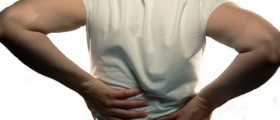
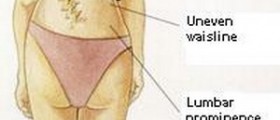
-Causes,-Symptoms,-Diagnosis,-Treatment_f_280x120.jpg)




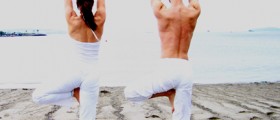





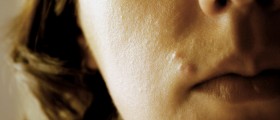
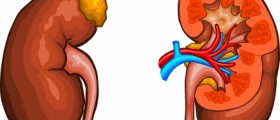
Your thoughts on this
Loading...